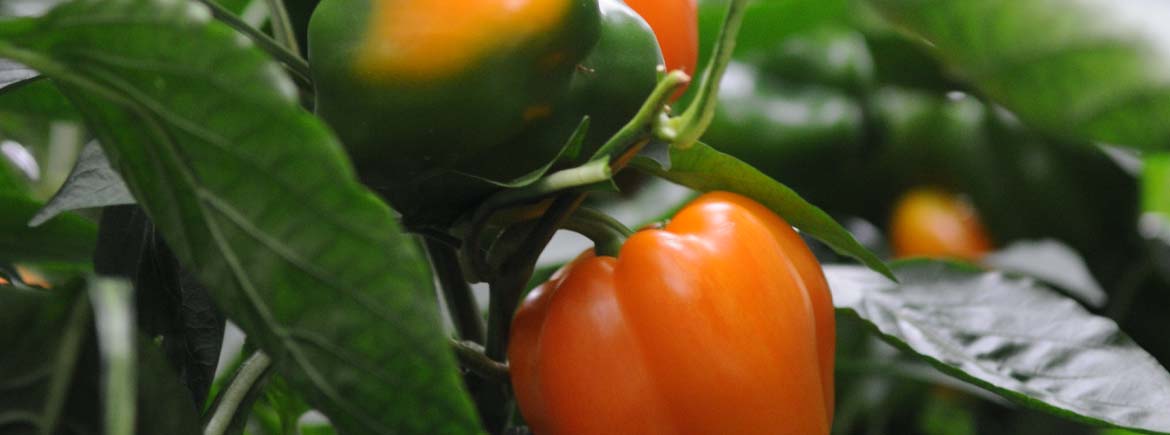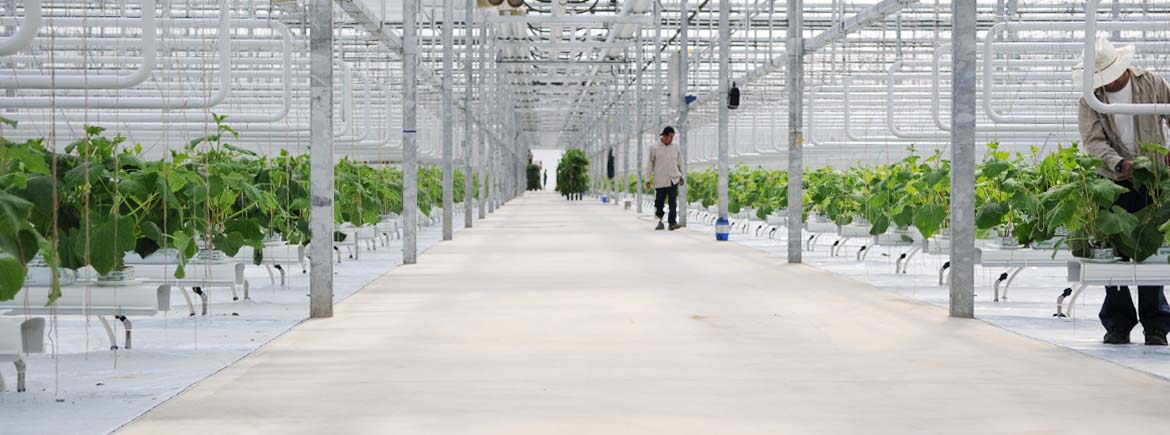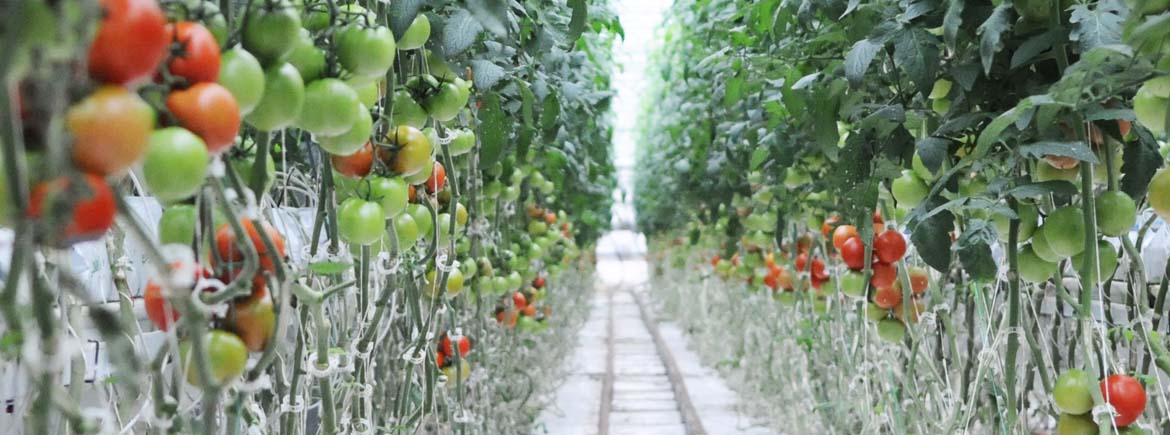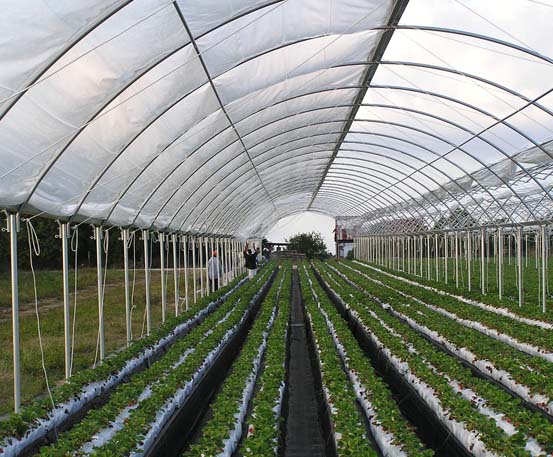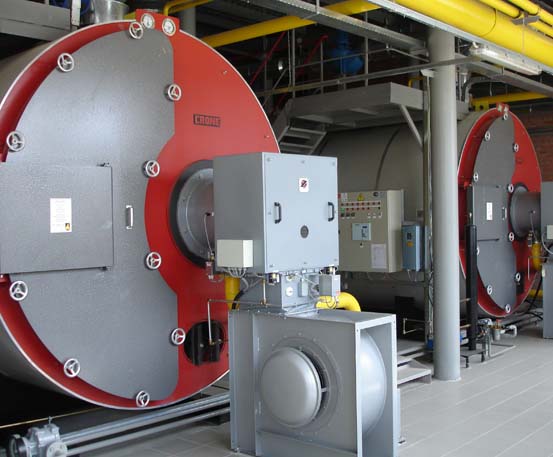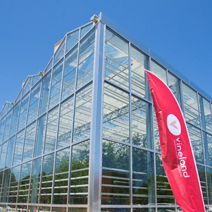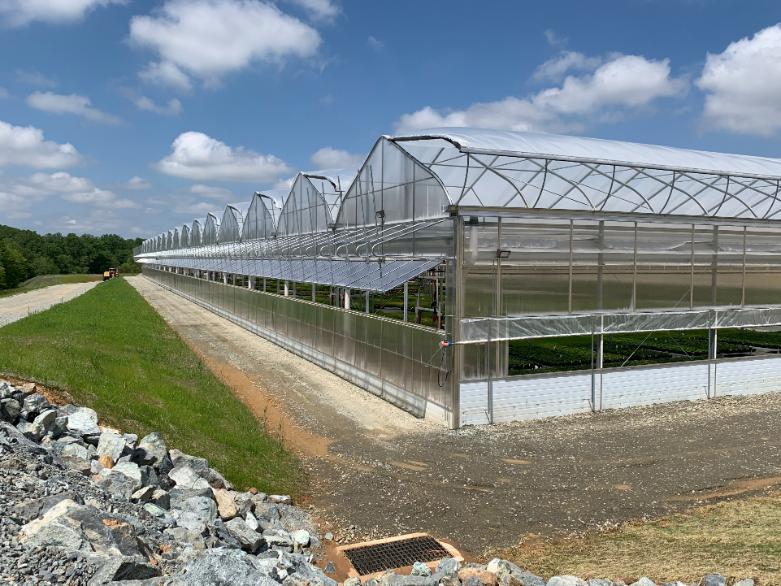The perfect growing environment. Whether you are looking for a Coldframe, High Tunnel, Freestanding Greenhouse, or a Venlo, Curved Glass or Poly Covered Gutter Connected structure, when designing a greenhouse structure we start with the end result in mind: A Quality Commercial Greenhouse Environment.
Error message
- Notice: Undefined offset: 0 in include() (line 23 of /home/ggsgreen/public_html/sites/all/themes/Porto/templates/node/node--twitter-feed.tpl.php).
- Notice: Undefined offset: 0 in include() (line 25 of /home/ggsgreen/public_html/sites/all/themes/Porto/templates/node/node--twitter-feed.tpl.php).
- Notice: Undefined offset: 0 in include() (line 56 of /home/ggsgreen/public_html/sites/all/themes/Porto/templates/node/node--twitter-feed.tpl.php).
- Notice: Undefined offset: 1 in include() (line 23 of /home/ggsgreen/public_html/sites/all/themes/Porto/templates/node/node--twitter-feed.tpl.php).
- Notice: Undefined offset: 1 in include() (line 25 of /home/ggsgreen/public_html/sites/all/themes/Porto/templates/node/node--twitter-feed.tpl.php).
- Notice: Undefined offset: 1 in include() (line 56 of /home/ggsgreen/public_html/sites/all/themes/Porto/templates/node/node--twitter-feed.tpl.php).
GGS Structures - Produce
Commercial farmers, dedicated to the principles of eco-friendly and organic farming, have the great responsibility of providing food for the entire world. This commitment to sustainability requires a surplus of dedication—and an intense focus on building the best possible environment where quality, eco-friendly produce and organic plants can flourish within a greenhouse setting.
But every farm, especially those committed to organic greenhouse farming, is different. Every aspect of a crop’s health relies on the careful, organic management of its surroundings. Contemporary farmers face increased pressure to grow more varied eco-friendly produce in greater amounts. They need structures that not only simulate ideal growing environments but have the flexibility and customization to grow quality, diverse produce in a high-yield, cost-efficient way, while adhering to organic and eco-friendly farming practices.
GGS is a full-service greenhouse solution for agribusinesses of all sizes, with a strong emphasis on organic and eco-friendly practices. We work with individual farmers, including those focused on organic greenhouse farming, to design custom greenhouses that suit their needs in precise detail. We build environments for all businesses, from large-scale industrial and commercial growers to smaller and local farmers, all with a commitment to growing eco-friendly and organic produce. Our products address each farmer’s specific needs for greenhouse shade, ventilation, irrigation, and scale, with a focus on sustainability. Our turnkey approach focuses on making every farm, large or small, a model of efficiency and success in organic and eco-friendly produce cultivation.
Benefits of Eco-Friendly Commercial Greenhouses for Growing Organic Produce
Industrial greenhouses, particularly those designed for eco-friendly and organic greenhouse farming, may seem like considerable up-front investments, especially for agribusinesses with a cap on outside resources or strong ecological concerns. However, the right commercial greenhouse offers many sizable advantages for creating sustainable growing environments, enhancing productivity, achieving cost savings, and ensuring environmental protection for eco-friendly produce.
GGS commercial greenhouses, with a focus on organic farming and eco-friendly practices, come with features that result in significant upside for both large and small-scale farmers. These greenhouses are tailored to save money, boost revenue, and sustain the environment by efficiently growing organic produce.
- Less water use- Commercial greenhouses support the use of hydroponic methods that reduce the overall consumption of water. Drip irrigation is installed more closely to the soil where plants receive more moisture directly, and gravity-based solutions like trough systems, flood benches, and flood floors can lessen both the water and human labor needed for complete irrigation.
- Less waste- With more hands-on control over the growing environment, commercial greenhouse users can monitor and adjust the growing environment to yield more production while using fewer resources. This results in a more usable product with less wasteful remains and is a major advantage of controlled agriculture.
- Smaller carbon footprint- By using alternative energy resources, reducing or eliminating waste production, and modifying operations to maximize use from fewer materials, commercial greenhouse growers can emit less carbon dioxide and other composite materials that harm the environment.
- Customizing and controlling the environment- A commercial greenhouse allows the farmer to create an ideal environment for the plants they produce. Growers can more closely simulate humidity and light conditions required to cultivate their crops. They can also modify the conditions to allow the growth of unusual or "exotic" plants not native to their region. Customized greenhouses also eliminate or greatly reduce the need for chemical pesticides, adverse environmental conditions, and external contaminants.
- Organic and sustainable product- With reduced use and waste of natural resources, exclusion of artificial or inorganic substances, and the saving of energy, water, and excessive waste, greenhouse growers are more able to cultivate products that can be certified and labeled as organic and sustainable.
- Longer growing seasons- A well-designed produce greenhouse can extend planting and harvest calendars by increasing a farmer's control over climate, irrigation, and heat. With more capability resulting in more product, an extended growing season can boost a farm's profit margin.
- Control heating and cooling temperatures- Greenhouse heating and cooling systems are designed based on your geographic location and your crop’s specific needs. Separate zones can be established in the greenhouse for both cool crops and warm crops to thrive. Heat can be efficiently delivered for different temperature zones at crop level, around perimeter walls, and placed under gutters for snow melt. In addition to greenhouse heating many greenhouse designs include ventilation equipment, low-energy mist systems, and wet walls evaporative cooling pads and fans to keep airflow moving and adjust temperature and humidity levels.

